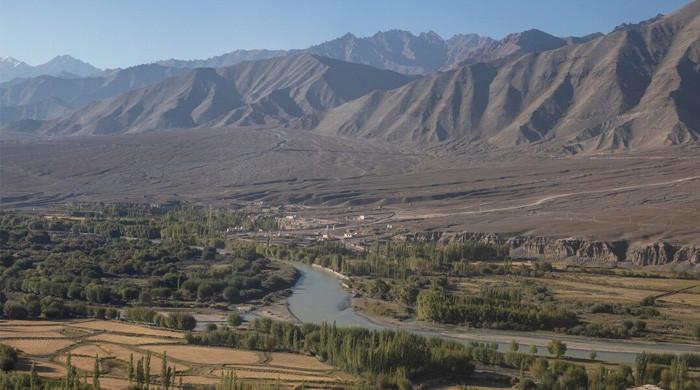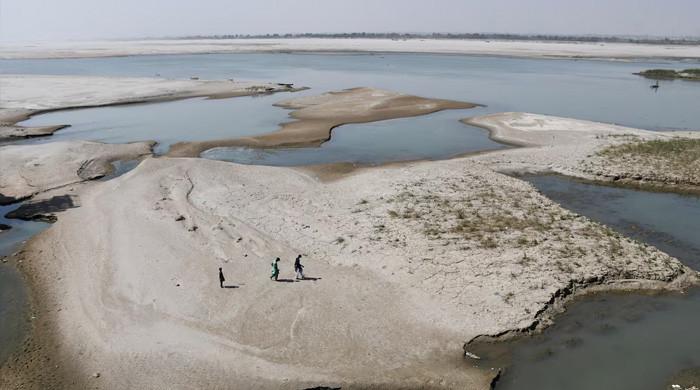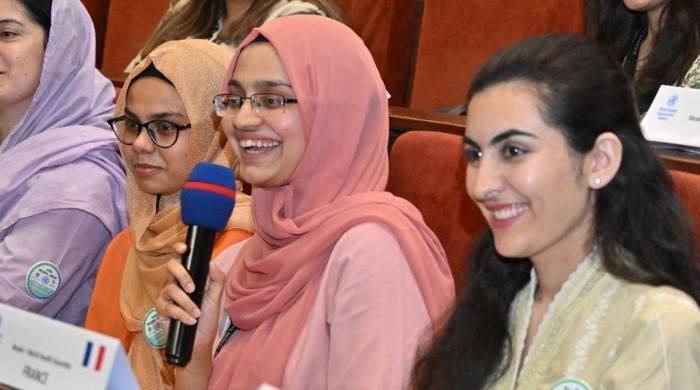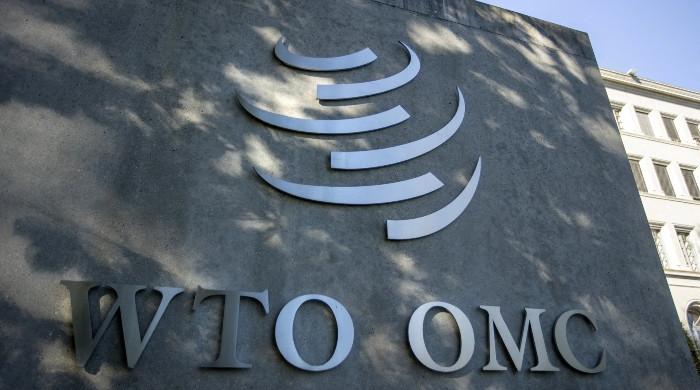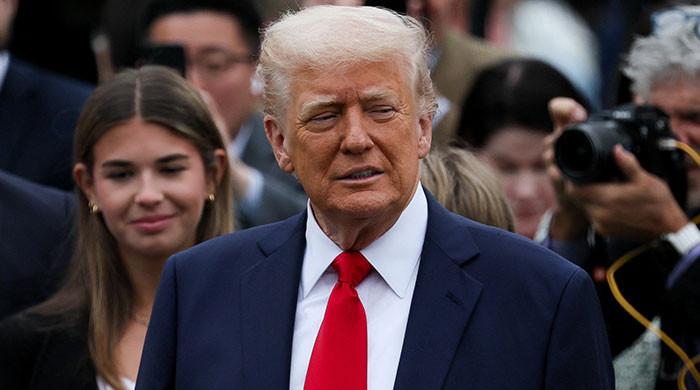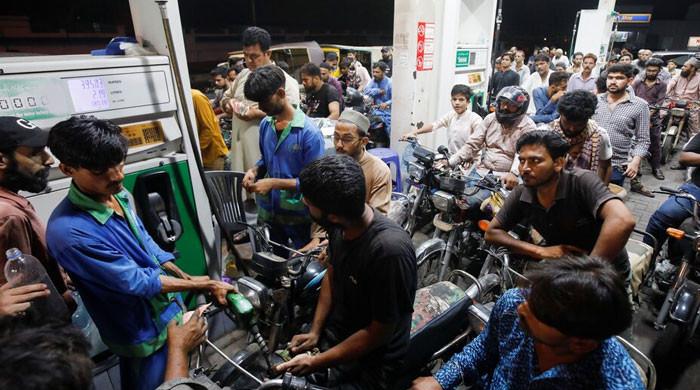Post Punjab by-elections: The fight continues
There are 46 million new Pakistanis since last time Nawaz Sharif rode into Islamabad victoriously
July 19, 2022
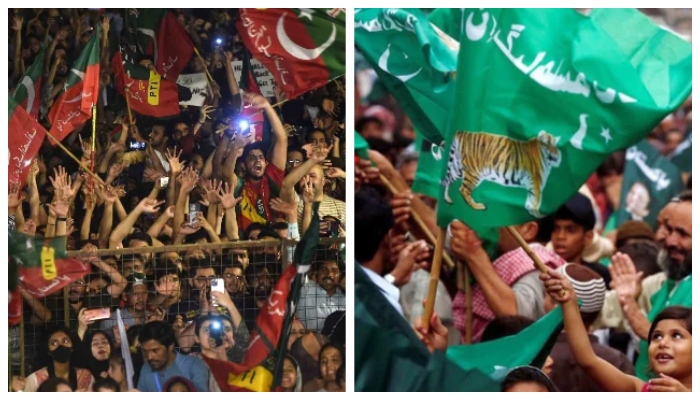
Last week, Karachi was swimming in its own sewage once again. Today, the whole country is swimming in a different kind of soup.
The results of the by-elections in 20 of Punjab’s 371 seats are an epic repudiation of the political strategy adopted by the Pakistani security establishment. The only question is the scope of the repudiation. Exactly what part of the security establishment’s political interventions are being rejected?
Imran Khan and the PTI have been beneficiaries of the system’s deliberate and concerted efforts to replace the PML-N with a new political force since at least 2011 – though some may argue that project began in the late 1990s. For Kaptaan and his fan club, the by-election results are a repudiation of the vote of no-confidence. In short, the only thing Pindi has gotten wrong is the choice to allow for the removal of Imran Khan from the office of prime minister.
The PML-N, for its part, is seething, and teetering. Shehbaz Sharif’s three-decade track record of delivery lies in ruins on the back of three months as prime minister. Nawaz Sharif’s narrative of resisting the establishment lies in ruins on the back of an alignment with the same post-2016 regime that tarred and feathered him as a #ModiKaYaar. Especially ironic this, given the post-2016 regime’s own predilection for a forward defensive strategy in the face of New Delhi’s full pace bouncers. Divided, defeated and lacking any meaningful ideas other than the right of Sharif family members to rule over Pakistan – the PML-N is now not only a victim of a repudiation of the VONC, but also of its lack of imagination and inconsistency of narrative.
The security establishment, as deeply divided as it has been since the final days of General Musharraf, is immune to repudiation. This is less a function of its own inability to introspect and more a function of its total and utter dominance over all aspects of national power. Imran Khan’s victory in this round of politics is a repudiation of many things, but it is confirmation of this one inconvenient truth about Pakistani politics. (Shorter: the majority of those in and out of uniform associated with the security establishment are solidly PTI).
When the lawyer’s movement emerged in 2006, it signalled a transformational shift in the centre of gravity of Pakistani politics. The bellwethers for political power were shifting from the village to the city. The conduct of the victorious coalition that emerged from the ashes of the Musharraf era – led by Chief Justice Iftikhar Chaudhry and then president Asif Ali Zardari – was provincial, feudal and decidedly rural. And so for many of us, the certainty of that change that began to appear in 2006 fell into question. For many, it became a punchline. ‘Middle classiya’ is used derisively across a spectrum of traditional Pakistani democrats. But democrats should keep up with demography.
That 2006 ‘middle classiya’? That is most of Pakistan. The problem is the metric for what constitutes the middle class. In India, the Lutyens’ Delhi elites had a similarly contemptuous view of people like Narendra Modi. Newly minted middle-class consumers were taunted for their lack of urbanity. It was said that their numbers could never displace the inter-generational juggernauts from the Nehru Gandhi family that press, politics and policy were used to. But then they were displaced. Some in New Delhi are still struggling to process political events from two decades ago. What happened? Those that are decidedly non-middle class and that cannot consume at the pace and quantum of a genuine economic middle class have access to information at a scale unprecedented. And that scale of information consumption allows lower income groups to have very assertive ‘middle class’ ideas about their identities and their place in the world.
In Uttar Pradesh, this means Hindutva. In southern Punjab, for a while there, it threatened to mean Ahle Sunnat Wal Jamaat and Lashkar-e-Jhangvi. Thanks to the alliance between the LeJ and the TTP and that wider group’s war against Pakistan from 2007 to the present, the LeJ and other local level aspirants to power found that a path of political violence in Pakistan led essentially to death at the hands of the Pakistani state. For pro-state Pakistanis, this came on the back of a long period of self-doubt and hand wringing. A lot of the carte blanche enjoyed by General Ashfaq Parvez Kayani and General Raheel Sharif was anchored in this transaction.
More explicit? Many Pakistani democrats could swallow an interventionist military if that military was also engaged in securing peace and protecting the republic and its people from the clutches of terrorists. From 2015 through 2016, the fight against the terrorists morphed into a victory against them. The post-2016 regime was the first peacetime military leadership since General Jahangir Karamat. The path it chose was as starkly different from the honourable and dignified manner of Karamat’s period of service as the chief, as any imaginable.
Whatever political upheaval has not been enacted by the post-2016 regime has been taken care of by demography. Just how transformative has demography been for Pakistani politics? Let’s use the 2017 census number of 207 million for the total population and 2.4 per cent average annual population growth it reported for 1998 to 2017.
The population of the country today is roughly 234 million. The last time the PML-N won an election, hands down (2013)? Pakistan had a population of 188 million. At the time that the lawyer’s movement began (2006)? 160 million.
There are 46 million new Pakistanis since the last time Nawaz Sharif rode into Islamabad victoriously. There are 74 million new Pakistanis since the lawyer’s movement began. The Sharifs and Bhutto Zardaris may have thought ‘Purana Pakistan’ to be a clever turn of phrase. They have no idea how right they are.
Demography is serious business, and these numbers are over simplified – but the quantum of new voters is in the tens of million, and the significant majority of them? They are urban and ‘middle classiya’. Ivory tower democrats and ‘system’ loyalists have been having nightmares since 2011. On Monday morning, they awoke to discover that: it wasn’t just a dream.
The Pakistani security establishment, like most others on the planet, is largely stuck in binaries. This is what happens when age, above and beyond all other factors, determines who is inside and who is on the outside of decision-making. Senior civil servants and military officers are all in their late 50s – they grew into the system at a time when Pakistan was a relatively manageable sub-150 million country. They are presiding over a system that cannot keep up with the hunger, passion, impatience, and discord of 234 million. The really savvy decision-makers in the country think their Twitter feeds are important and they make sure to consult with them. The really bold ones jump into the fray. For the most part, older, richer Pakistani have no idea what they are sitting atop.
If there is a group among the elite that is more disconnected from reality than senior Pakistani officers in the bureaucracy and military, it is wealthy Pakistani politicians that live abroad (and their wealthy friends). Asif Ali Zardari and Nawaz Sharif are the two most successful politicians of their generation, but they have been on a losing streak for years. They are sustained only by the fumes of their substantial political and financial capital.
Now the bad news. Imran Khan’s rise is no panacea for this decaying carcass of a polity. It is simply a much sexier alternative leadership atop the same system. Khan’s alliance with Rawalpindi was bruised and interrupted by Notification Gate – but it won’t be terminated. The vote of no-confidence and the changes it triggered were the outcome of Notification Gate. Despite Khan winning round after round of this fight, no one in the political spectrum (including Khan) has the weight class or punch combination to secure a knockout. So, the fight shall continue.
It is going to get ugly. Those that believe choosing sides, even among a spectrum of bad choices, is a moral imperative will continue to bask in binaries. Those that can see the expanse of destruction all this has wrought upon the unlimited geopolitical and economic potential of Pakistan and its people? They will need anti-nausea medication.
In the weeks and months to come, Pakistan’s civil servants, judges and military officers will be tested like never before. Many will act honourably. Those that do will be footnoted and forgotten. We live in an age of fitna. The noise is about to get a lot louder. The picture, a lot uglier.
The writer is an analyst and commentator.
Originally published in The News





